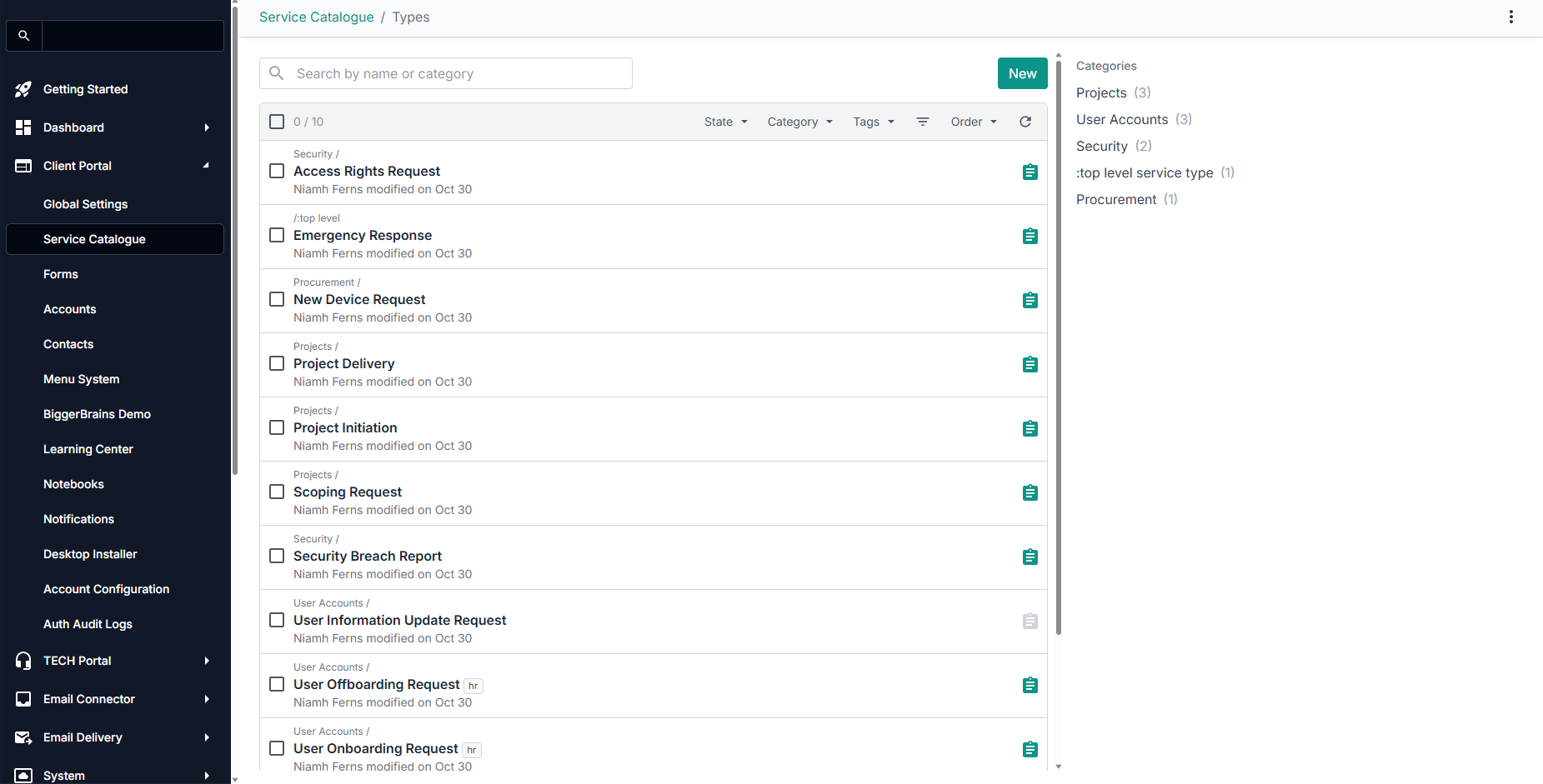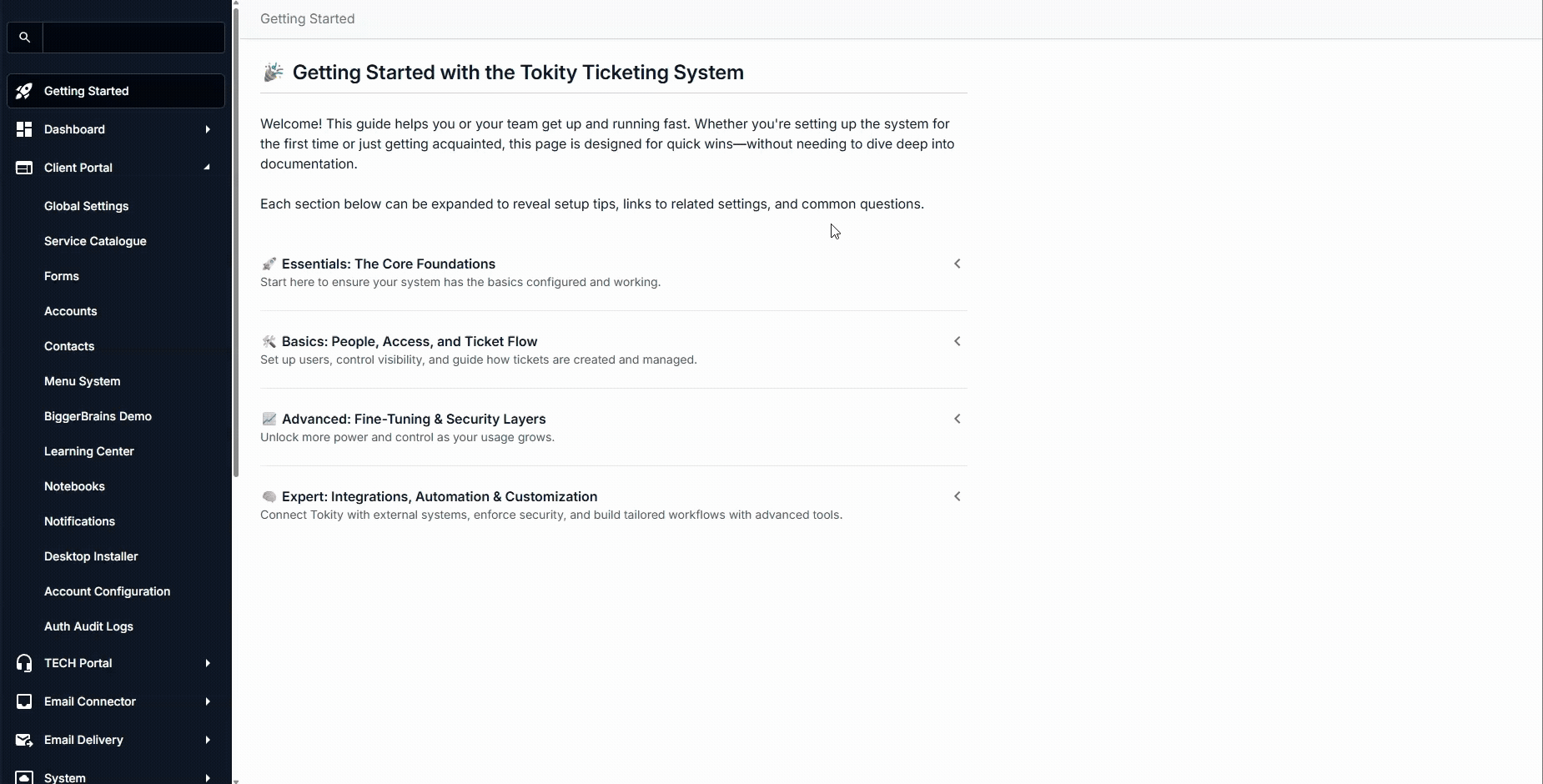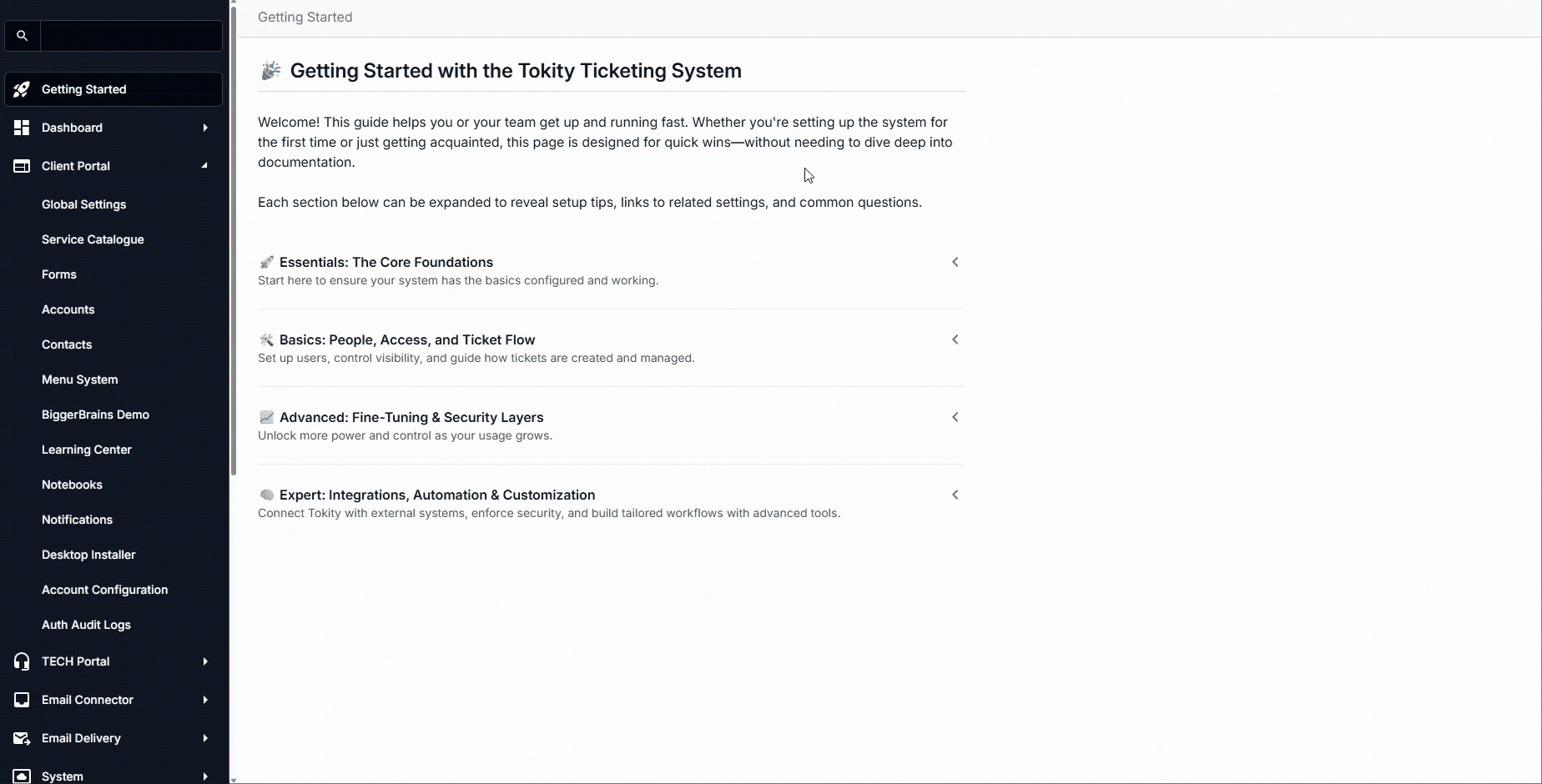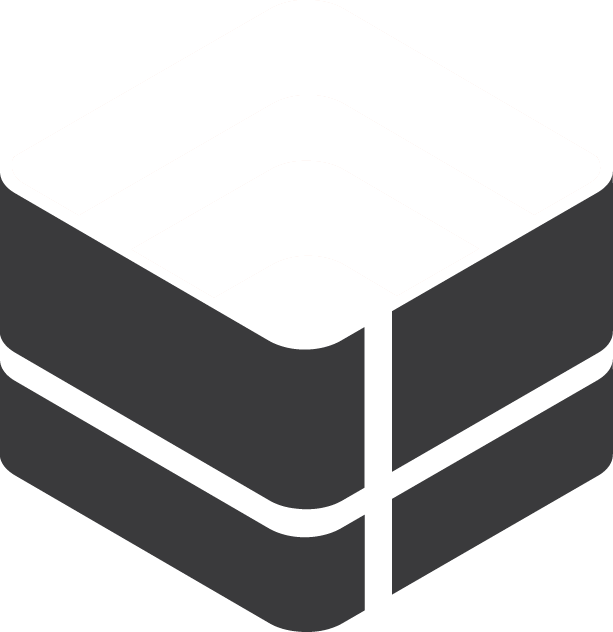Table of Contents
Service Types
 Updated
by Niamh Ferns
Updated
by Niamh Ferns
Service Types Overview
Service types are used by end-users to submit tickets in your portal. To get started, login to your admin console and head to Portal > Service Catalogue > Service Types.

Generic vs Customised Service Types
You will need to identify generic service types that suit all needs and client-specific service types that only work for one company.
The best practice is to keep a good balance of both types of requests. Most MSPs, when they first start with DeskDirector, go for the global request type approach, where they create 5-10 request types that fit roughly the needs of all their clients. This is a vanilla approach; you are missing out on terrific value-add opportunities. But if you take the other extreme, you end up with multiple duplicate request types and a mess when trying to edit one for a specific company. The right balance is up to you to find; however, the best way is to think about your current structure. Do all tickets go into a single board/queue? Do some clients have their own? If so, you can create generic service types and duplicate it, so that the duplicate has a filter and points to a different location.
Alternatively, look into workflows from your PSA; maybe you can use a generic service type and send it to the right place from within your PSA, saving you a duplicate service type. Think about how you onboard a new client, you want to make sure they have the right access to the right service types from the moment they are onboarded. If you must go out of your way to add a company to a service type, maybe you need to re-evaluate how you approach the topic. Don’t be afraid to plan a redo and revisions as you set up your service catalogue. Service types can be enabled or disabled easily, and ticket or filter settings can easily be copied from one request to the other, allowing you to trial many layouts before deciding on one.
Think about request type management as cable management; a tangle of cable might work as it should, but when you need to make a slight change, you are in for a lot of wasted time. If you aim to keep your cables neat, then any changes in the future are a breeze.
How to Use Service Types
Service Types List
This is the main page when managing service types. From here, you can:
- Create Types: You can easily create new service types by hitting the green "+ New" button.
- Test Types: You can test companies and contacts against existing service types to see which have access.You can also log in as any contact by using contact impersonation!
- Clone Types: You can copy settings from one Service Type to a new one via cloning. This copy's the filter and automation settings.
- Export Types: You can use this button to export your current service types.
- Search: Filter and search for service types.
Creating a Service Type

Cloning a Service Type

Service Type Editor
You can edit and configure a service type's behaviour using these tabs: General, Automation, and Filter.
Settings Tab
The General tab is where you can save the Request Type Item in a draft or published state, add tags, edit category/description names, attach the form and add task templates.

Automation Tab
The Automation tab is where the ticket created by the service type should be set to: the board, status, priority, source. The ticket tabs for different DeskDirector backends are also not identical. Here are screenshots showing the ticket tab of each instance, and the options/fields available for finetuning tickets created from the request types.
Standalone:

With Autotask PSA Integration:

With ConnectWise PSA Integration:

Access Tab
The Legacy Filtering System is deprecated and will be removed from DeskDirector in upcoming versions. Going forward, access should be configured using cascading permissions and service groups or contact groups.
The access tab is where you can configure which accounts and contacts have access to your Service Types through the Legacy Filtering System.
- Default Access. This defines the default access level of this type. Global on means that everyone will have access to this type, global off means that no-one will have access to this type. It also changes the functions of some of the buttons (from exclude buttons to include).
- Add Exceptions. If Default Access is set to on, this button will allow you to exclude companies and contacts from accessing this portal type. If Default Access is off, it will allow you to include companies and contacts.
- Company exclusion. Contacts from this company will not have access to this portal type by default, unless you drill down another layer and give specific contacts access
- Contact inclusion. This contact's company has been excluded from using this type, however, they have been included and will be able to use it.

Service Type Ordering
A service type's name and category can be re-orederd to appear in a specific order in the Client Portal.
To achieve this, enter put a number in front of category name, or service type name. Anything without an ordered number will be displayed below those with ordering numbers. If two items have same order number, they will be ordered by alphabetically.
For order number in the names, there are two different behaviours:
- Order number follow by colon will be trimmed
E.G.12: This is request with order of twelvewill display asThis is request with order of twelve. - Order number without colon will not be trimmed
E.G.12. This is request with order of twelvewill display as12. This is request with order of twelve.
